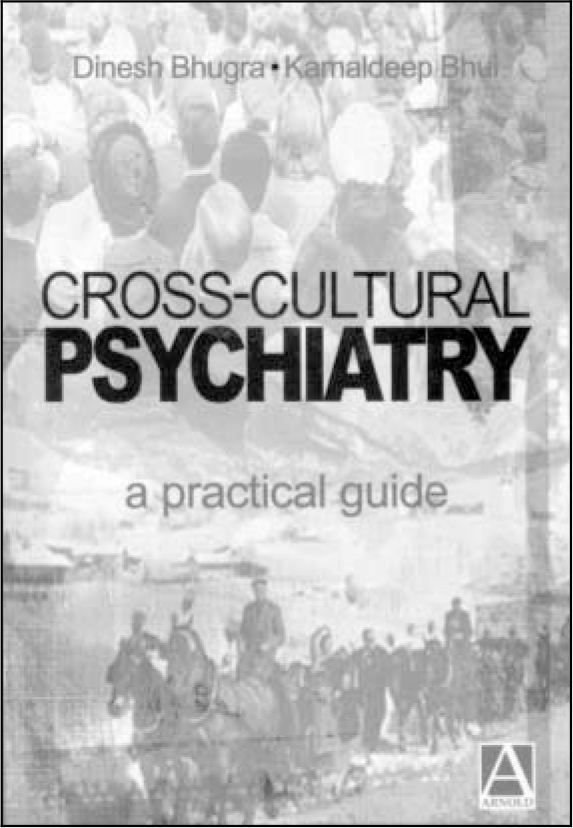In this increasingly diverse country an understanding of cross-cultural issues in the practice of psychiatry has become essential. However, the literature is spread across a number of specialities including sociology, anthropology, history, political science and medical biology. It can be hard to find the information that you need and when you find it, it can be impenetrable. Because of this many clinicians may not develop the understanding of cross-cultural issues that would be commensurate with good clinical practice.

Cross-Cultural Psychiatry. A Practical Guide aims to cut through this dense literature and offer some practical ways of understanding the challenges set by cross-cultural psychiatry. It is a jumping-on point, rather than a jumping-off point. It does not claim to be comprehensive but to ‘open doors for clinicians and other health professionals to start thinking seriously about differences and similarities across cultures and individuals.’
The book is not targeted at specific cultural groups. General principles are considered more important than specifics. This parallels the position in the USA, where cultural competence training offers transferable broad skills that help people understand cross-cultural interactions. It is assumed that this is the best way to cope with the fact that cultures develop and that over time new groups of people and new generations will present different challenges to psychiatrists. A psychiatrist will not be able to be ‘culturally competent’ for all groups and so to be a good psychiatrist he/she will need to develop common strategies for identifying cross-cultural problems and dealing with them.
The book is a good general introduction to the field and will become a ‘must read’ for all those in training or who are new to the field.
The book is not without problems. In my opinion the authors do not make it clear enough that the skills and strategies developed by the book are useful across the board — not just for ethnic minority groups. The reliance on UK ethnic minority groups for examples could lead the reader to believe that cross-cultural psychiatry refers to problems produced by an interaction between psychiatry and different ethnic groups, rather than the interaction of the cultural assumptions of psychiatric practice and different cultural groups. The majority of people in the UK somatise rather than psychologise their distress.
A further problem is that there is little discussion of the impact of discrimination or of institutional racism in this volume. It is important for individual clinicians to improve their clinical assessment and treatment, but improvements in care can be limited by institutional causes of disparities in service delivery. An understanding of this is required if clinicians are to be able to offer the best care for their patients.
Cross-cultural psychiatry is good psychiatry. Developing the knowledge base is fundamental to good practice. This short book is full of ideas and information and this is a good place to start.



eLetters
No eLetters have been published for this article.